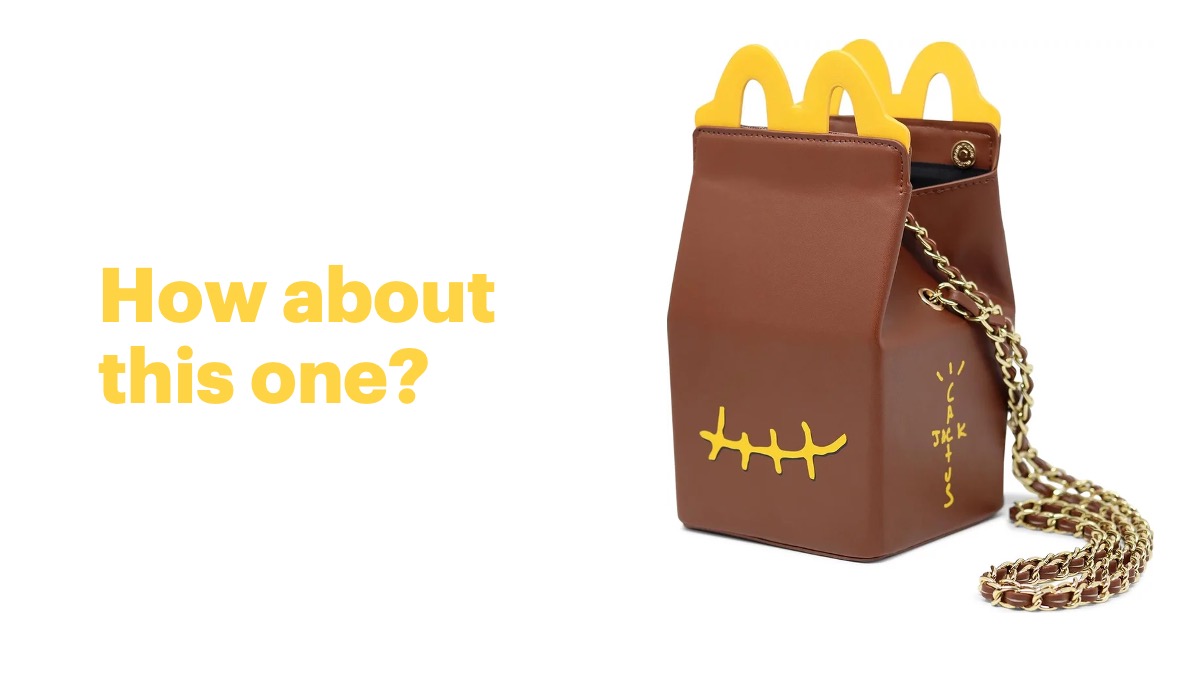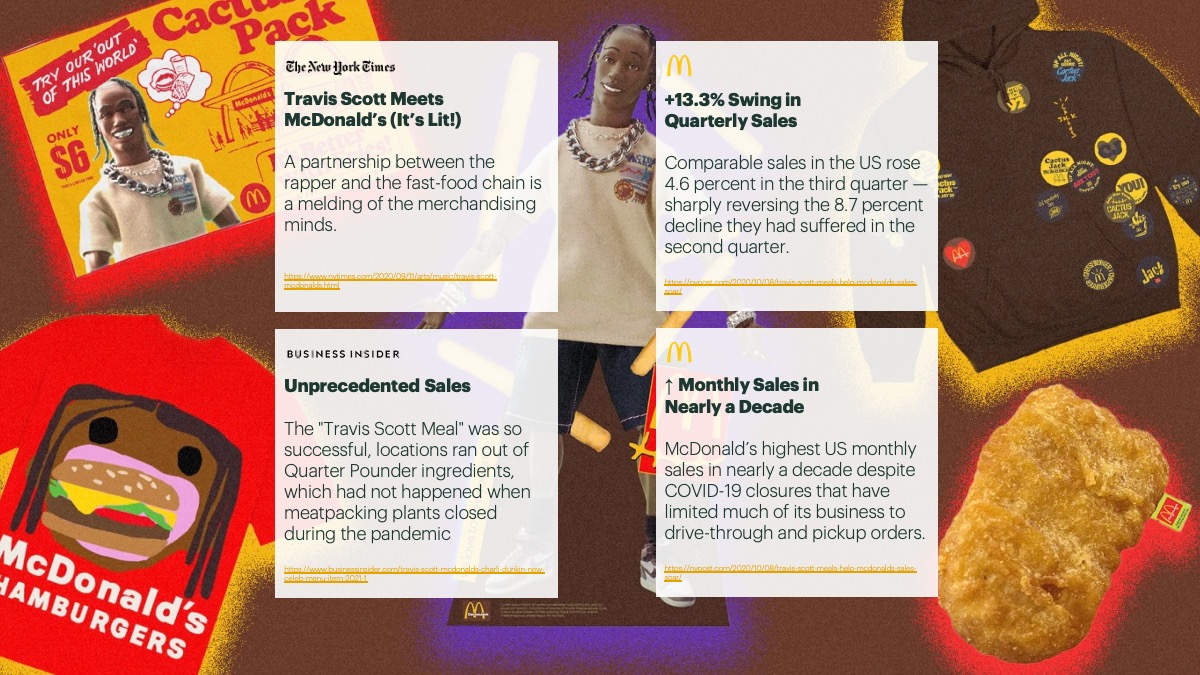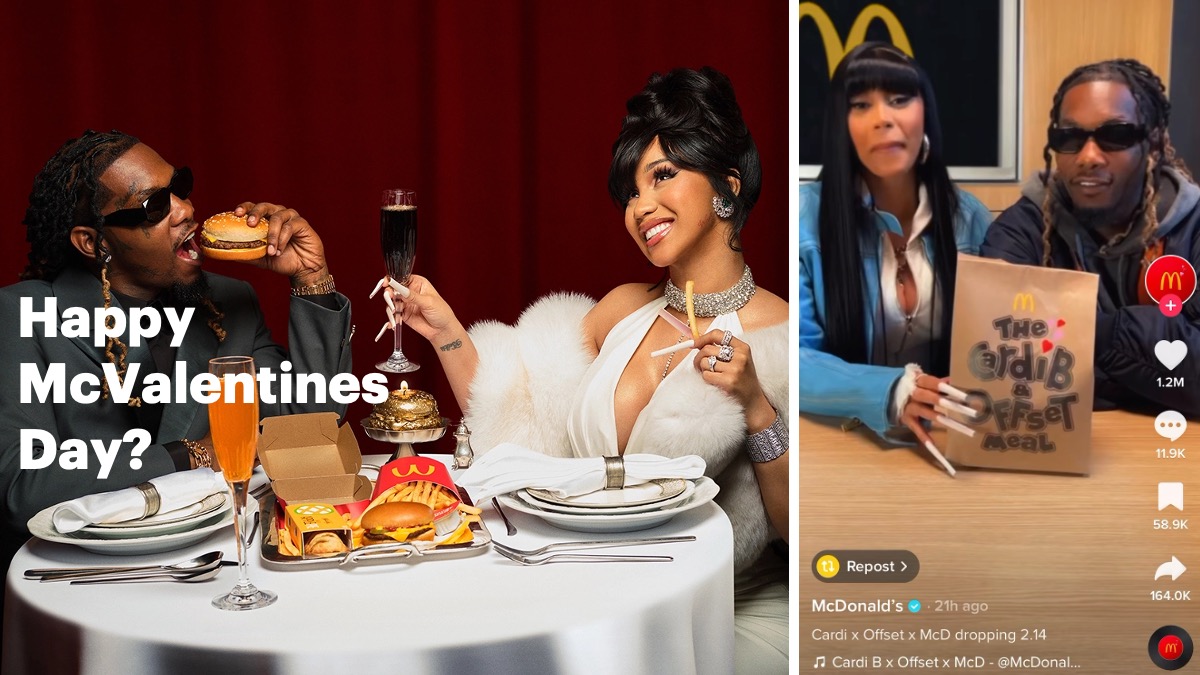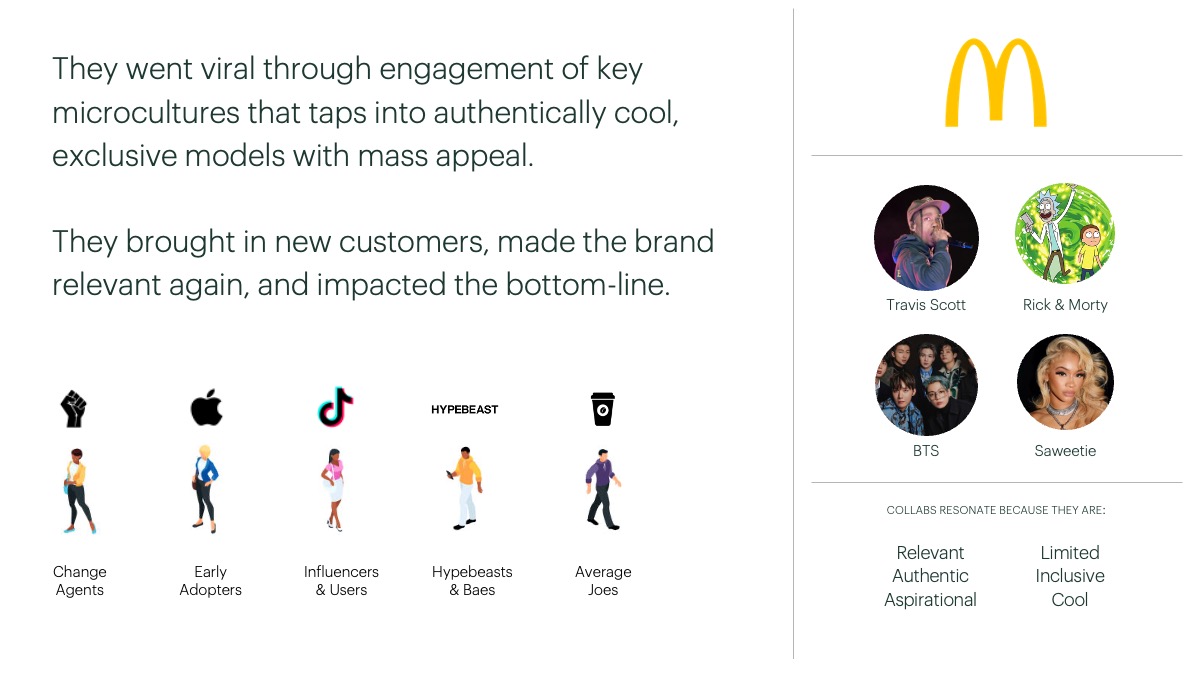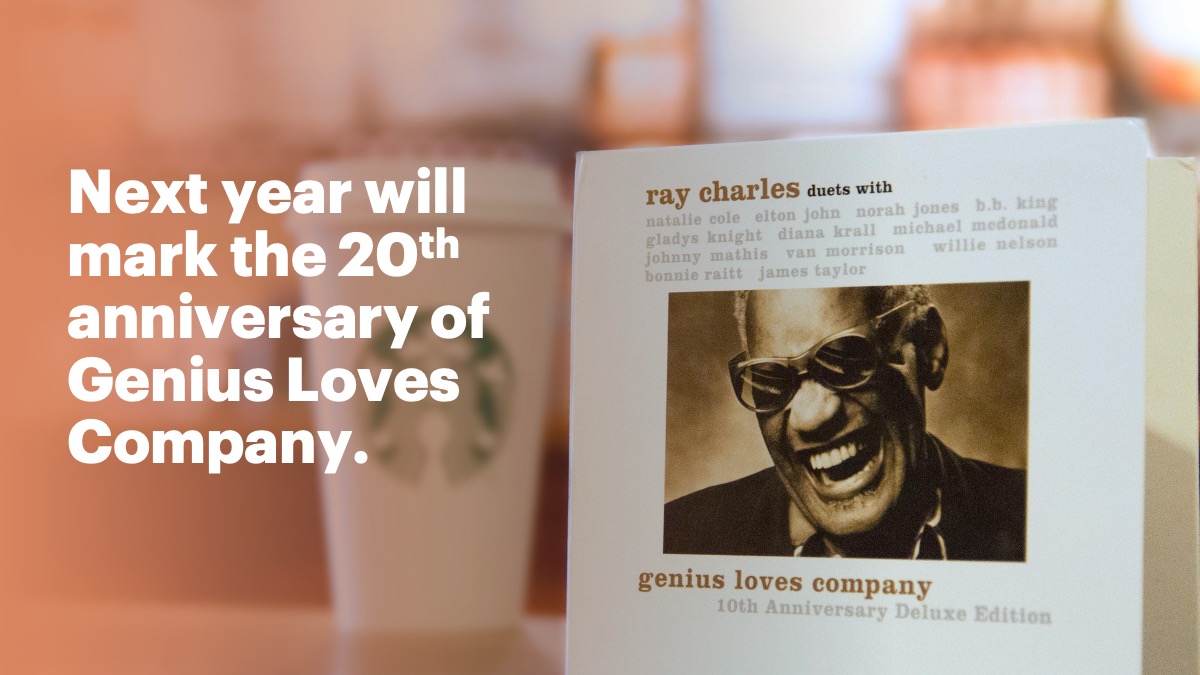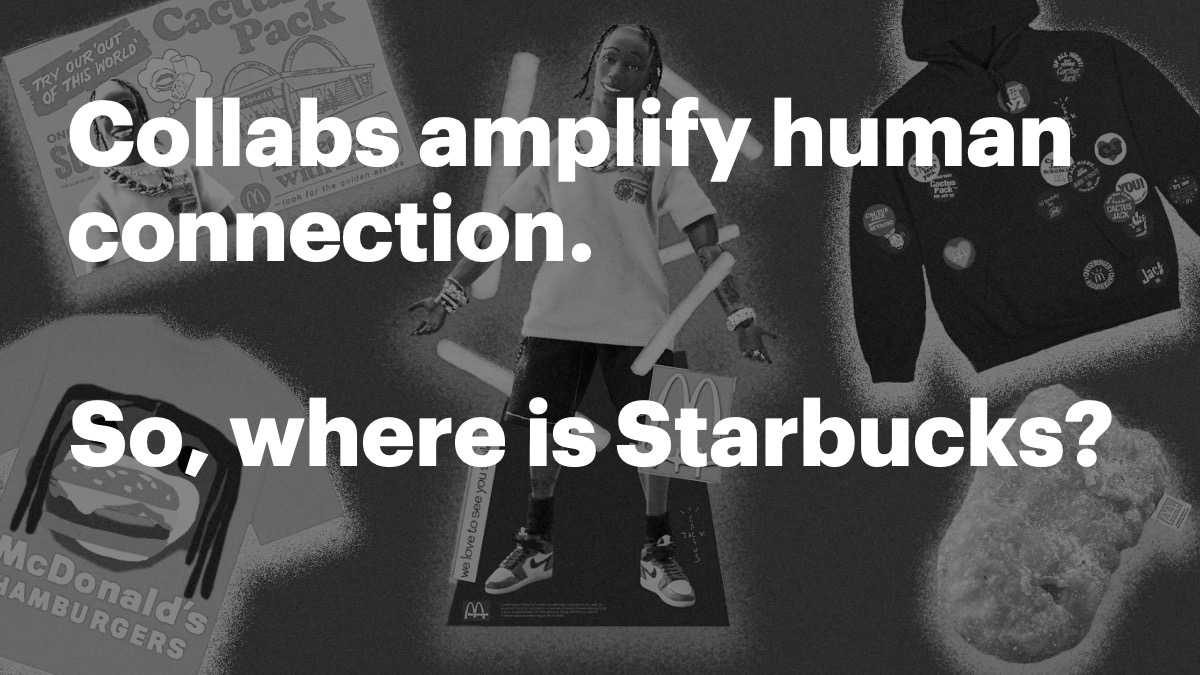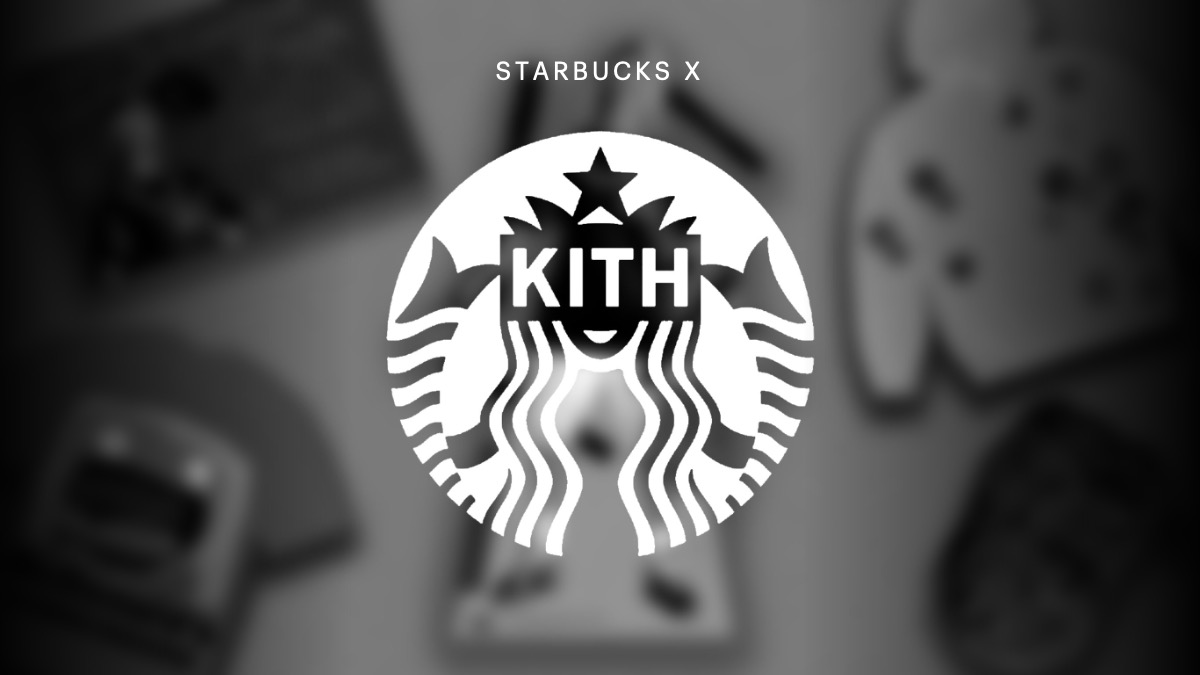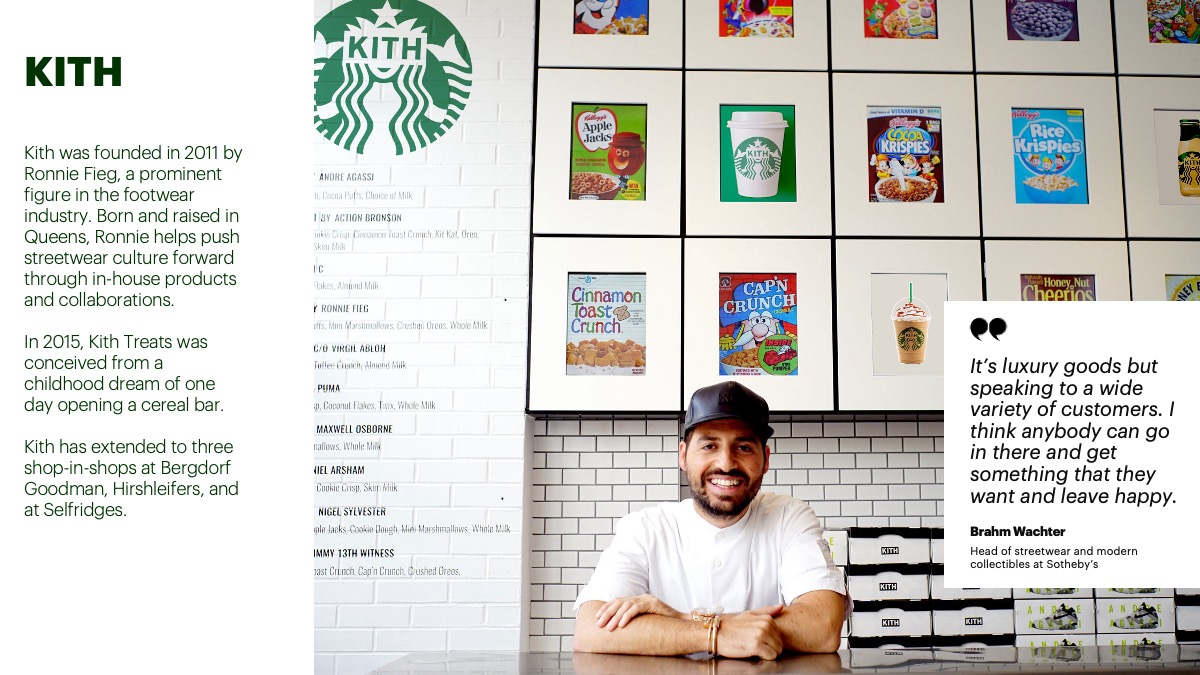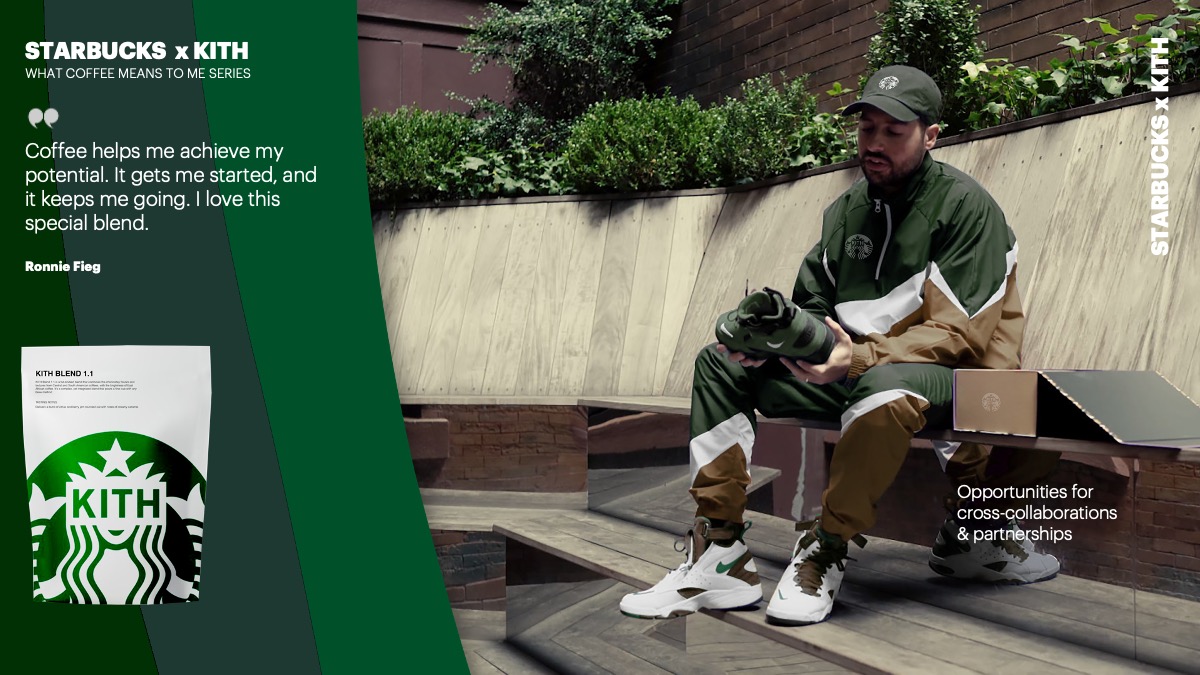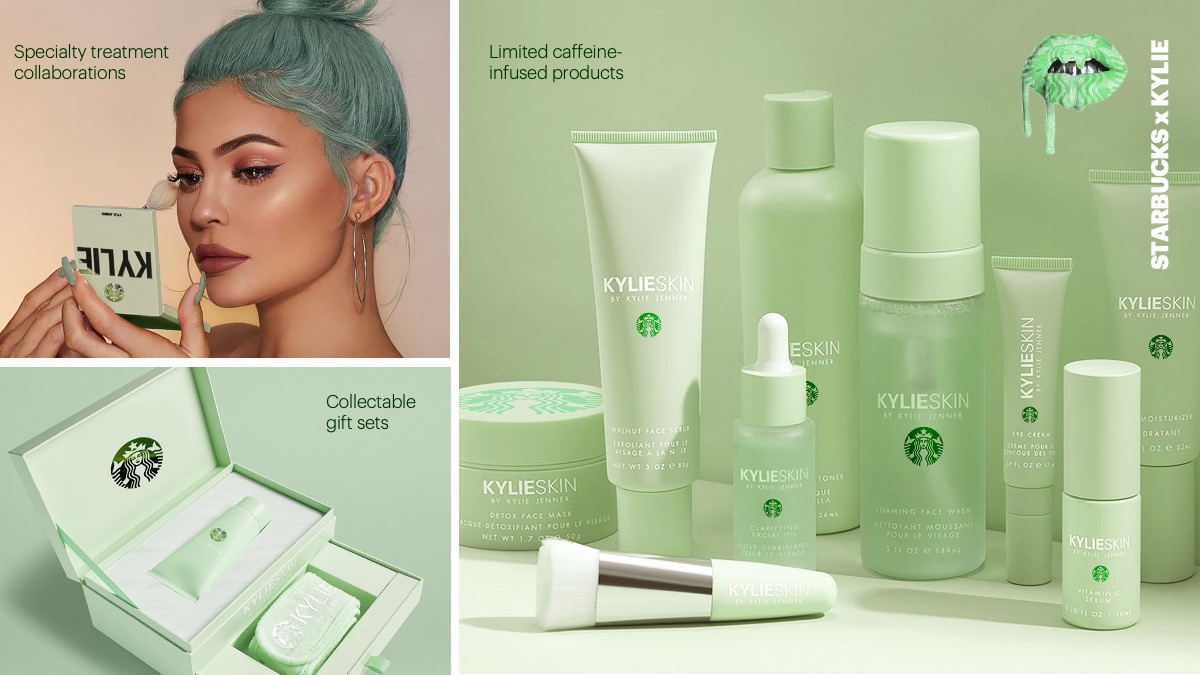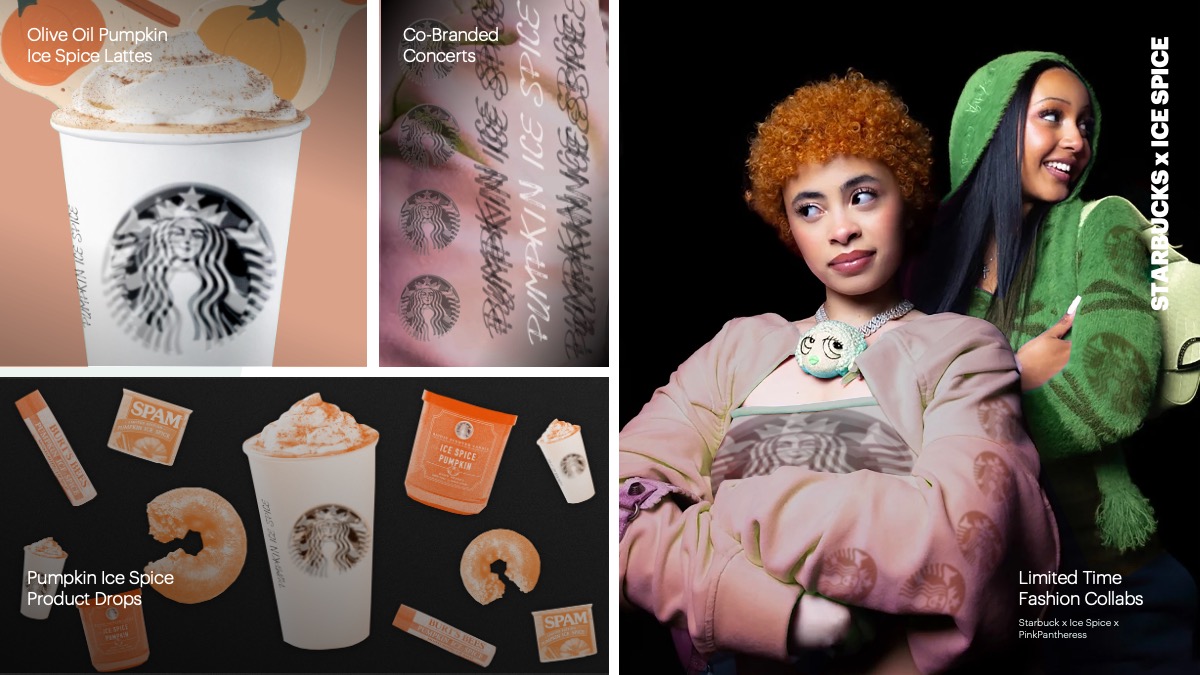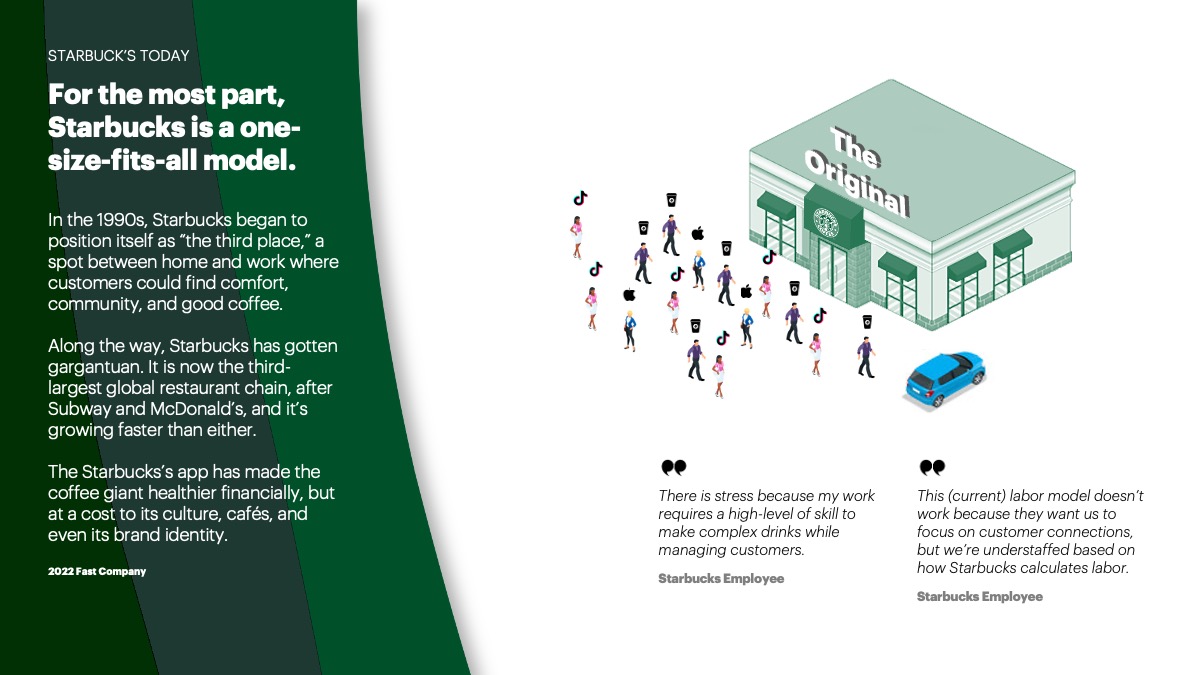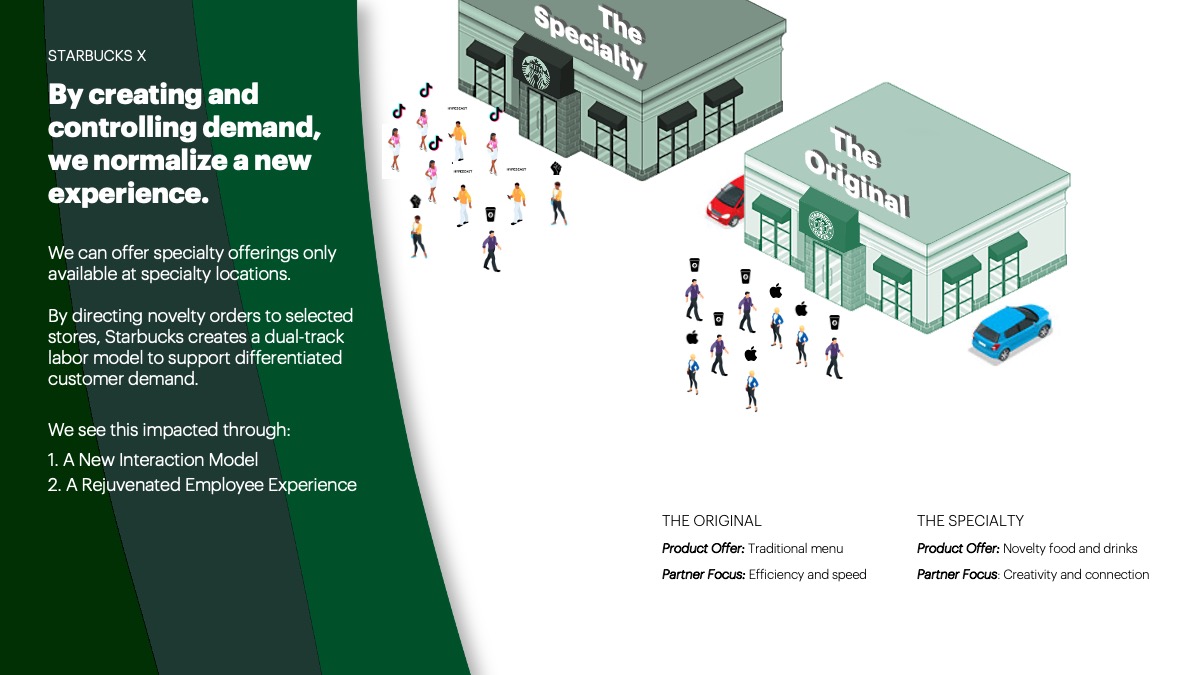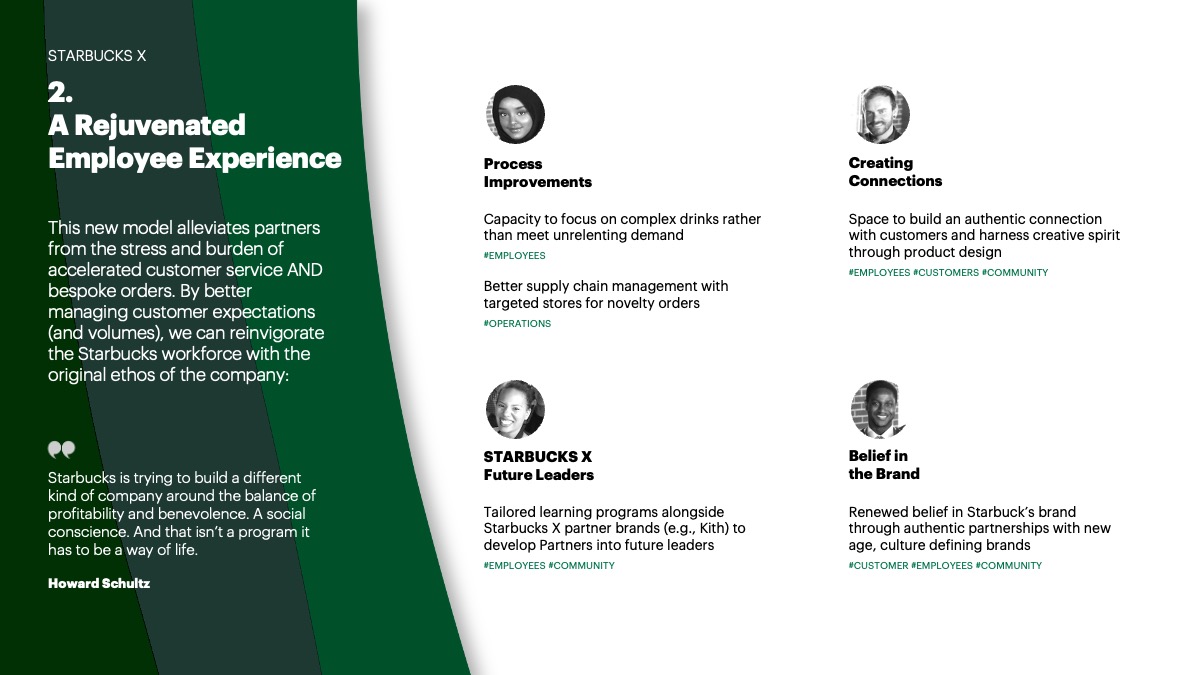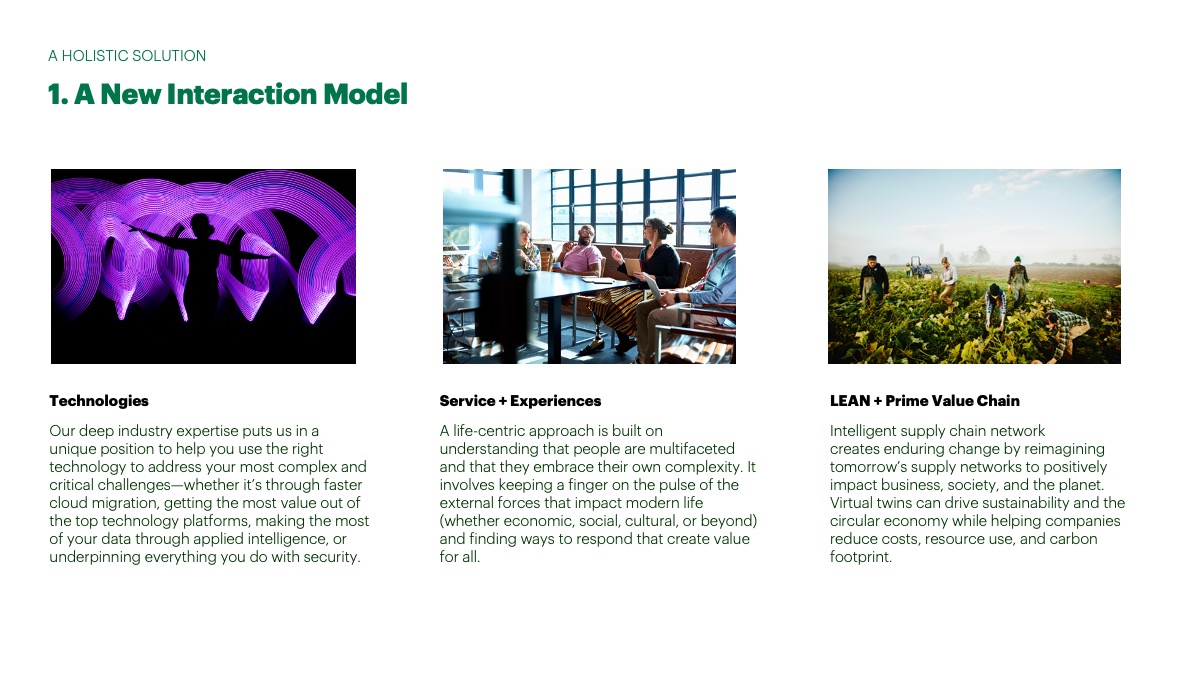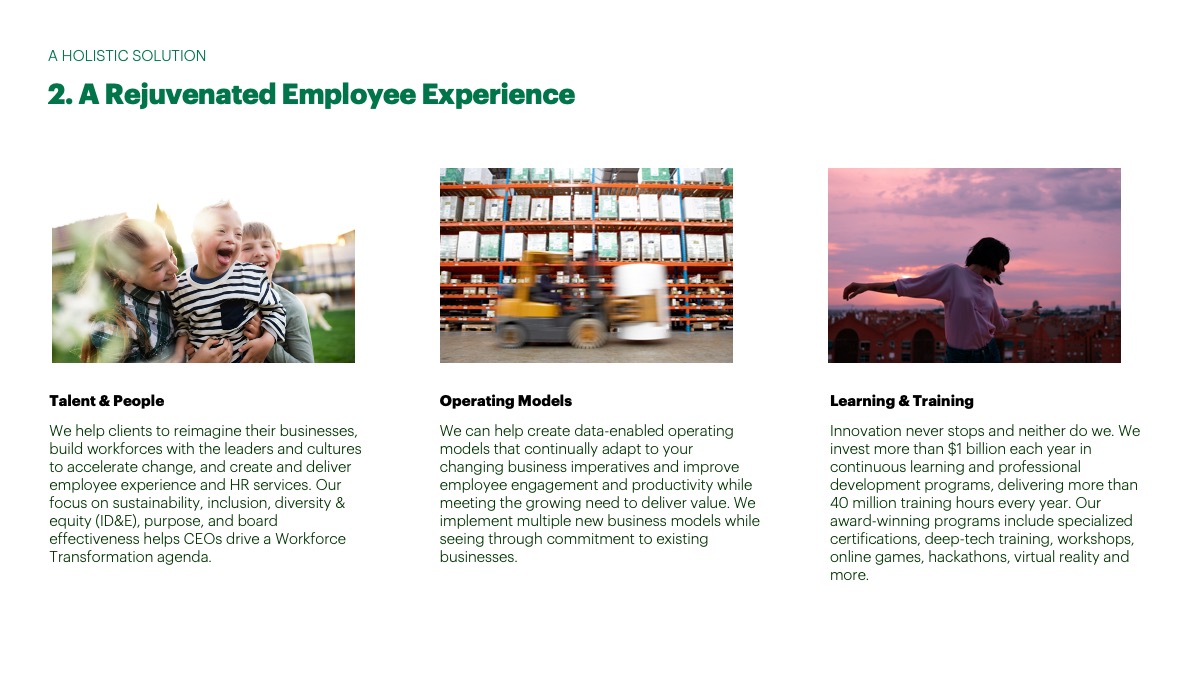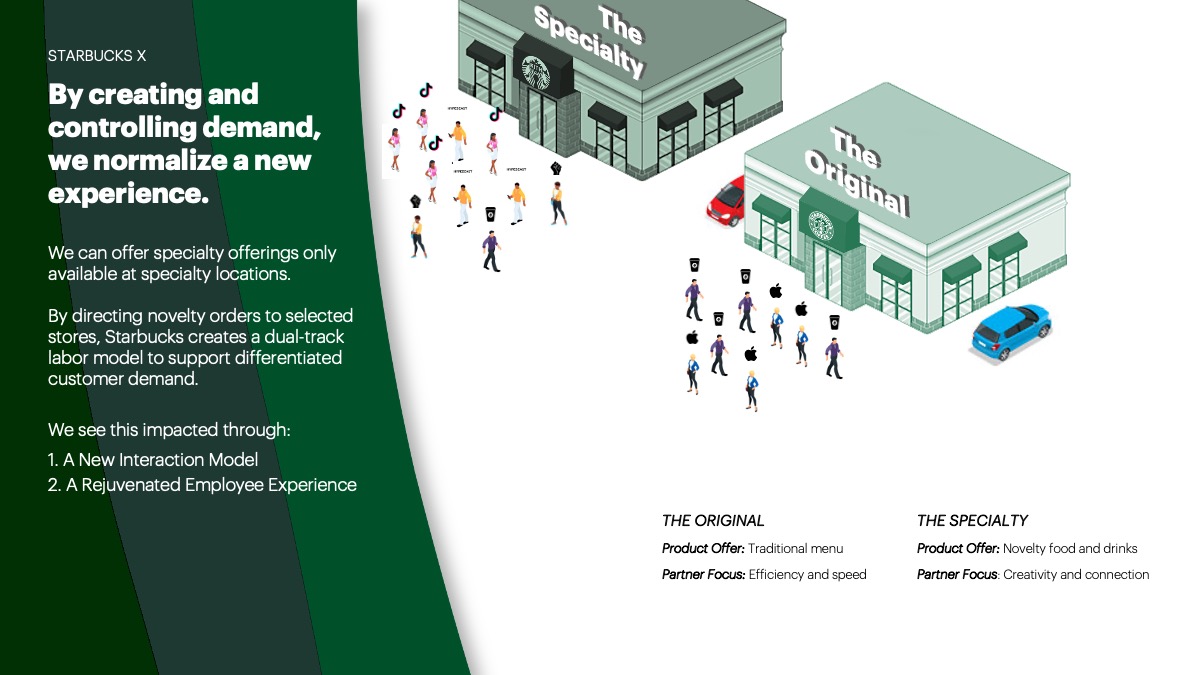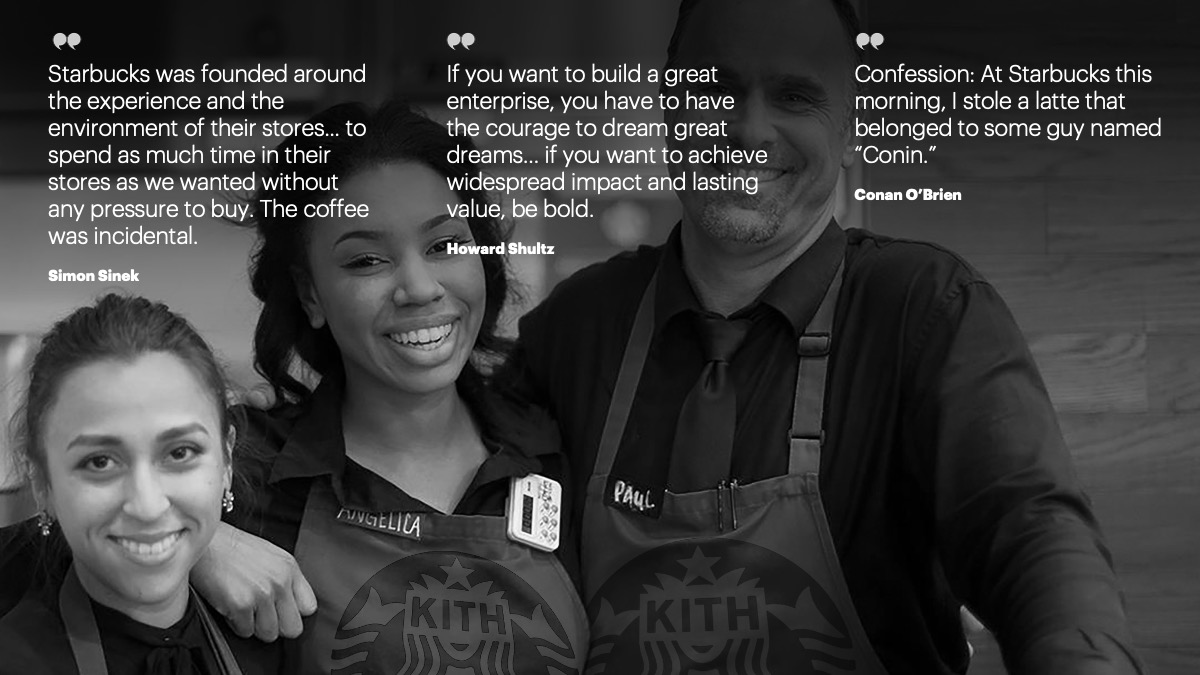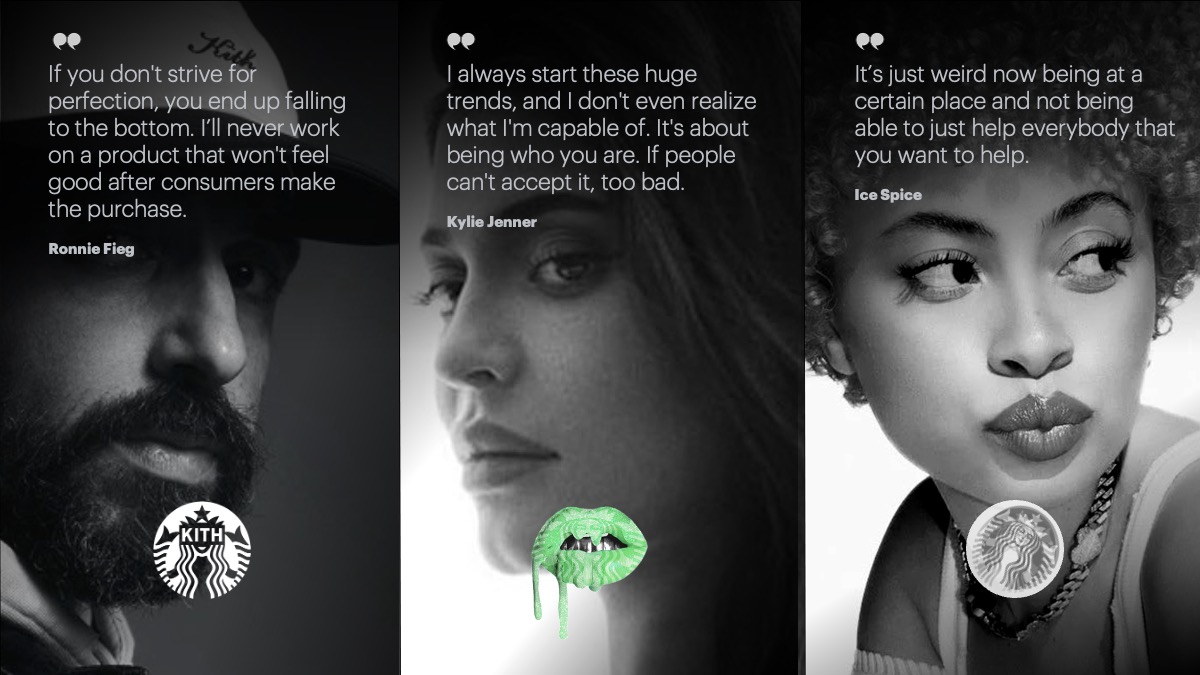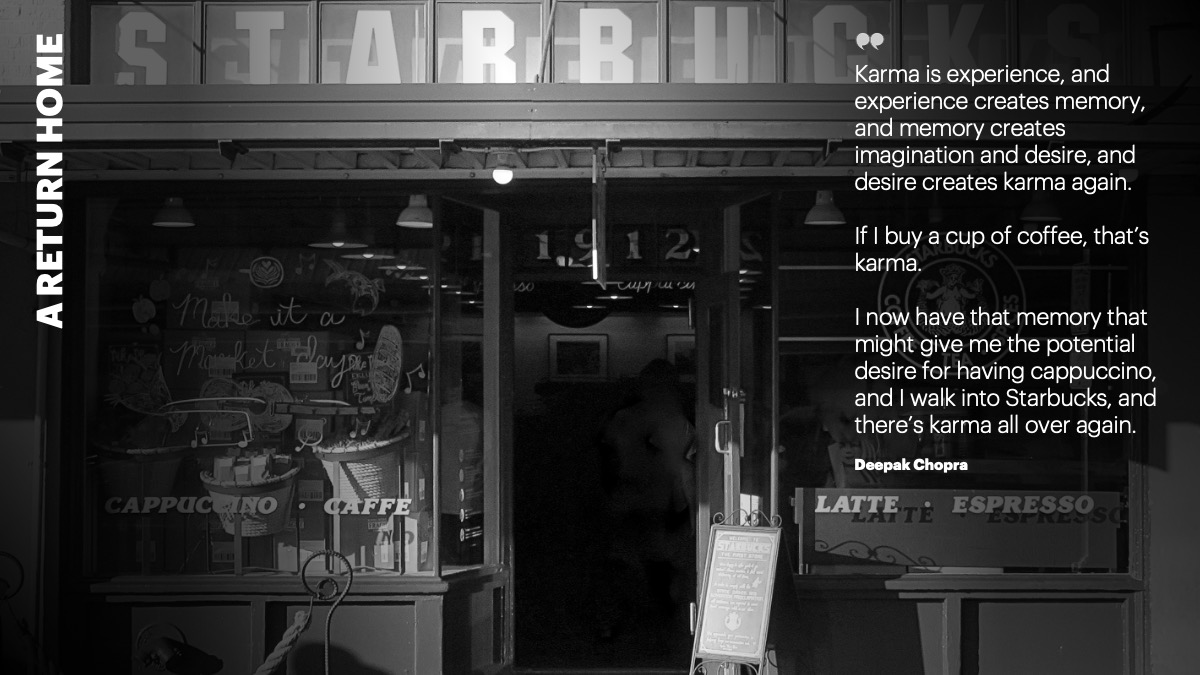Starbucks | Design Leadership | 2022
Innovative approaches to support exhausted partners (baristas), manage customer volumes, and improve the overall optics of Starbucks.
In the 1990s, Starbucks positioned itself as “the third place,” a spot between home and work where customers could find comfort, community, and good coffee. Along the way, Starbucks became the third-largest global restaurant chain, after Subway and McDonald’s, and it’s growing faster than either. The Starbucks app has made the coffee giant healthier financially but at a cost to its culture, cafés, and brand identity.
Asked by incoming CEO, Laxman Narasimhan, to ideate innovative concepts to help Starbucks with key issues, David pitched a collab concept. Starbucks could go viral through engagement with key microcultures that tap into authentically cool, exclusive models with mass appeal. This would bring in new customers, make the brand relevant again, and impact the bottom line. This is only what customers would see. Behind the scenes, the normalization of these new experiences and offering specialty products at specialty locations would better manage store customer volumes through a dual-track labor model to support differentiated customer demand. We see this impacted through:
1. A New Interaction Model: A transformative new customer interaction model better manages customer traffic. Evolving the app to nudge customers to specific locations according to their experiential needs:
2. A Rejuvenated Employee Experience: This new model alleviates partners from the stress and burden of accelerated customer service AND bespoke orders.


